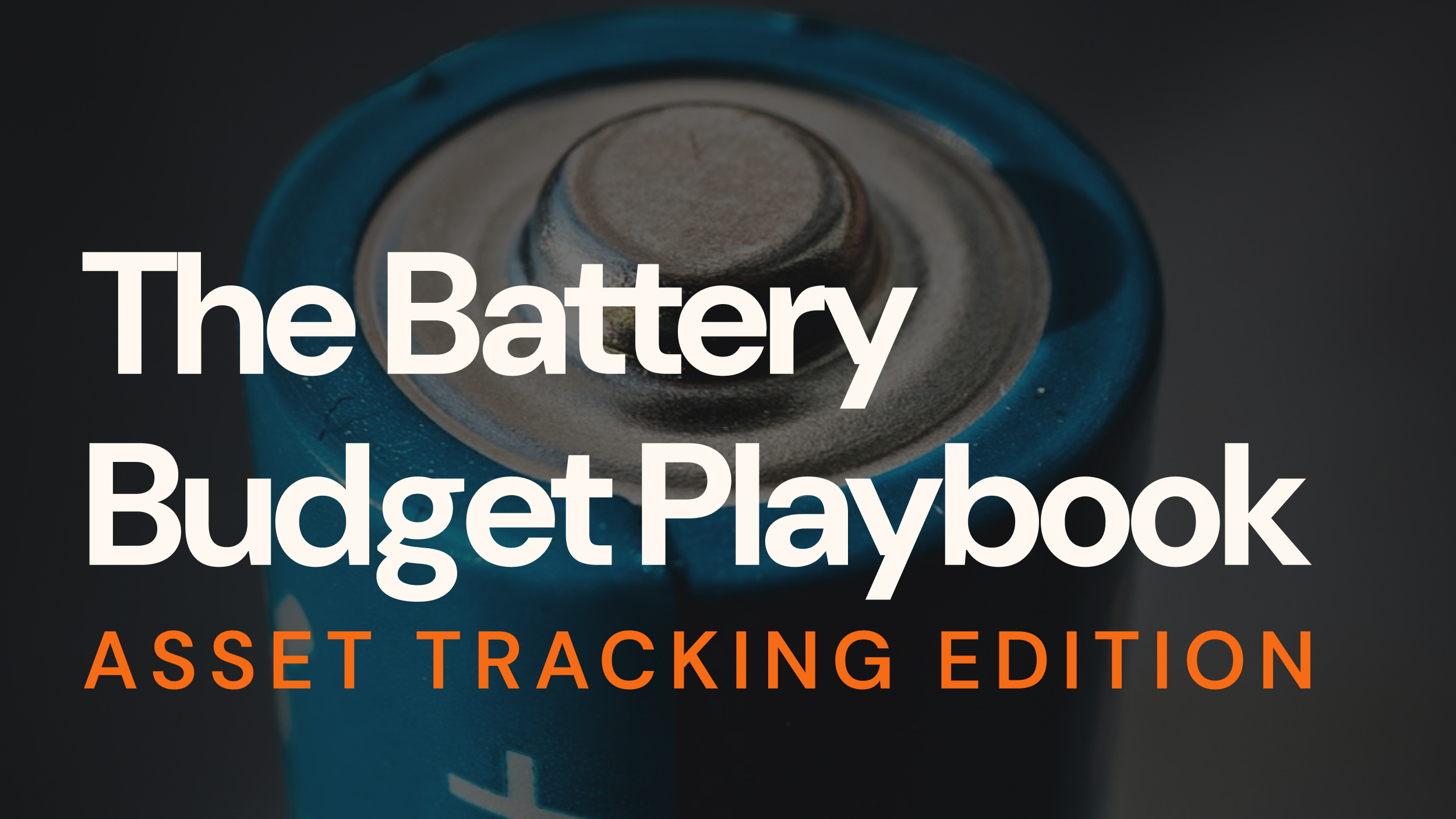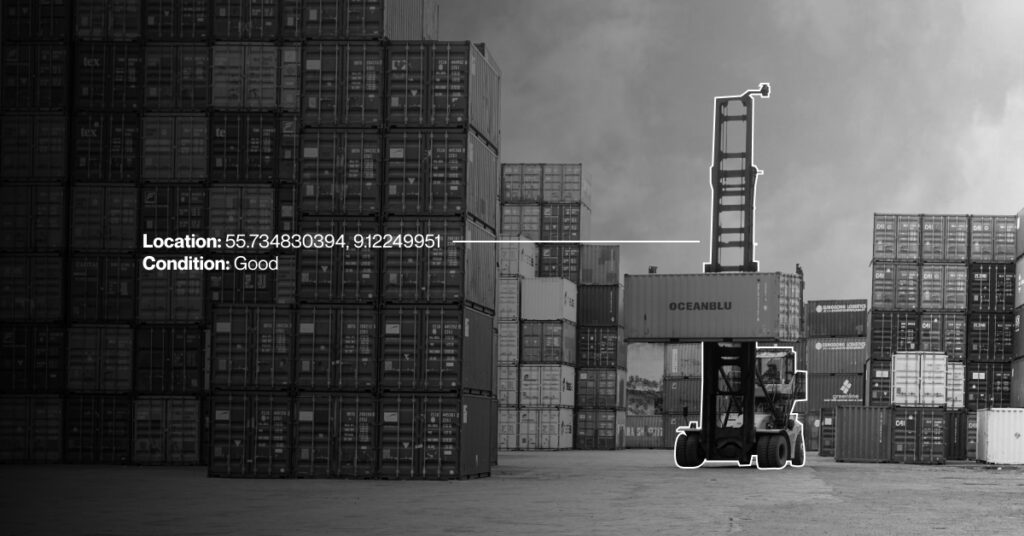In an era where efficient asset management is key, IoT asset tracking emerges as a transformative solution. This guide explores how IoT enhances asset tracking, offering benefits across various industries and tips on how to find a solution that suits your needs.
Key Takeaways:
- IoT asset tracking efficiently monitors physical assets, enhancing operational efficiency and security.
- It utilizes devices like GPS tags and smart labels for real-time monitoring.
- Benefits include improved asset utilization, loss prevention, regulatory compliance, and cost savings.
- Diverse industries, from logistics to healthcare, benefit from IoT asset tracking.
- Choosing the right solution depends on specific needs, environment, and budget.

Table of Contents
What is IoT Asset Tracking?
Asset tracking refers to the process of monitoring the location, condition, and status of assets. We are looking at asset tracking in the IoT context, so physical items like equipment, cargo, and vehicles, and not intangible assets such as software and data.
The fundamental goal of asset tracking is to ensure effective utilization, minimize losses, and streamline operations. With the evolution of IoT technologies, asset tracking has become more efficient and sophisticated, offering unprecedented opportunities for future-oriented businesses like yours.
To track assets, you typically apply external devices to existing assets. These IoT devices come in the form of cargo tracking tags, smart labels, multipurpose GPS tracking devices, and so forth.
What are the benefits of IoT Asset Tracking?
The benefits of asset tracking are numerous. By adopting an asset tracking IoT system, you can enjoy improved visibility over your assets. This means you know:
- where your assets are,
- how they’re being used,
- and when they need maintenance.
With this information at your fingertips, you can make informed decisions to optimize asset utilization and prevent unexpected downtime.
Moreover, asset tracking significantly reduces the risk of loss or theft. It provides real-time notifications about the location of your assets, helping you ensure they are always secure. You can read an example of how Ukhozi Tracker uses asset tracking across Africa to provide vehicle tracking and recovery in case of theft or hijacking in one of our customer success stories: Helping Ukhozi Tracker overcome network downtime.
Asset tracking also aids in regulatory compliance by maintaining accurate records of asset movements and usage patterns.
Lastly, asset tracking can lead to substantial cost savings. By preventing asset misplacement, enhancing operational efficiency, and eliminating manual tracking efforts, you can see a notable decrease in operational costs.
Asset Tracking Connectivity Options
The way IoT has enabled transparency for massive amounts of connected things has revolutionized asset tracking by creating previously unthinkable value.
To realize this value, data typically needs to be collected in the field and transported to the cloud for analysis. To achieve this, IoT devices use various wireless technologies like Wi-Fi, RFID, Bluetooth, and cellular networks to maintain constant connectivity with your assets.

Wi-Fi and Bluetooth are good choices for indoor tracking due to their high accuracy and low cost. In contrast, cellular connectivity in collaboration with global navigation satellite systems (GNSS) such as GPS is ideal for tracking assets over long distances, as cellular provides global, standardized, and seamless coverage.
New asset tracking solutions are utilizing Low Power Wide Area Network (LPWAN) cellular technologies such as LTE-M. LPWAN technologies offer a perfect balance between range, battery life, penetration, and cost, making them ideal for many asset tracking applications.
Learn more:
- Cellular IoT networks explained
- NB-IoT vs LTE-M: A comparison of the two IoT technologies
- What is LTE Cat 1 bis and why is it good for IoT?
Which industries benefit from IoT asset tracking?
Regardless of the industry, if you have assets that are essential to your operations, you can benefit from asset tracking. However, certain industries stand to gain even more due to the nature of their operations.
- In logistics and transportation, real-time asset tracking is pivotal to ensuring timely deliveries and preventing cargo theft.
- In healthcare, asset tracking can help keep tabs on expensive equipment, ensure patient safety, and comply with regulatory requirements.
- In micromobility, asset tracking is crucial for tracking bikes, scooters, and cargo bikes to ensure seamless availability for users and reduce costs from loss of theft.
- While in retail, asset tracking can help manage inventory and prevent shoplifting.
- Finally, asset tracking IoT is proving beneficial in agriculture, where it’s used to monitor livestock and farm equipment.
How to find the best IoT asset tracking solution
Finding the right asset tracker for your business may seem daunting, but by focusing on your specific needs, you can identify the solution that best fits your operations.
First, consider what you need to track and the level of detail you require.
If you only need basic location data for a small number of assets, a simple GPS tracker may suffice. But, if you need to monitor the condition of a large number of assets spread across multiple locations, you should invest in a more advanced, end-to-end solution that is easy to develop, operate, and scale.
Onomondo customer success story: How Lightbug and Onomondo are enabling new IoT use cases.
Next, consider the environment where your assets are located. If your assets are mostly indoors, a Wi-Fi or Bluetooth based system would be effective. However, if your assets are on the move, you might need a solution that uses cellular connectivity. An additional bonus of cellular connectivity is that you can bake in connectivity, eliminating the need for end-user setup. Many organizations that have a need for asset tracking indoors will use a mix of Wi-Fi and cellular connectivity to ensure quality of service (aka stable connectivity).
Lastly, always keep your budget in mind. The cost of asset tracking solutions can vary significantly, so it’s crucial to find a solution that offers the best balance between cost and the business value that tracking assets creates for your business and/or users.
Asset tracking enabled by IoT
Asset tracking is no longer a luxury but a necessity for most businesses that value efficiency, security, and cost-effectiveness.
As IoT technologies continue to evolve and users expect more digitized and seamless experiences, asset tracking will only become more integral to business operations, offering opportunities for growth and success.
Whether you work at a start-up or a large enterprise, Onomondo’s global cellular network and low-power IoT tools can help you enable IoT powered asset tracking for your business.






